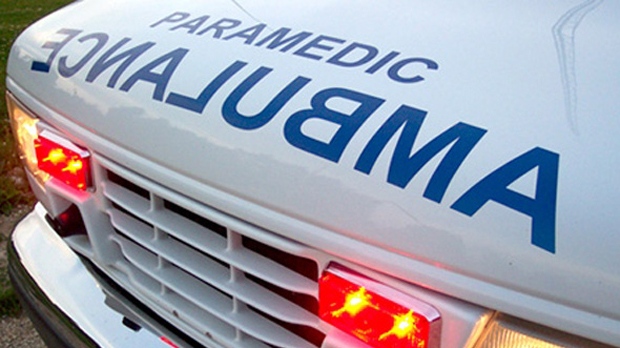U.S. museum given ‘cultural repatriation’ award for returning Inuit bodies
Posted September 20, 2017 9:00 am.
Last Updated September 20, 2017 12:20 pm.
This article is more than 5 years old.
A renowned American museum and an Inuit government have received an award for returning Inuit bodies that had been dug up and taken for scientific study.
Chicago’s Field Museum and the Nunatsiavut government in Labrador have been given the first Cultural Repatriation Award by Inuit Tapiriit Kanatami, Canada’s national Inuit group.
“In this discussion of reconciliation and the pathways to get there, we wanted to celebrate some of the people who have worked with us to get there, and hopefully move the conversation to a much more positive space,” Natan Obed, president of ITK, said Wednesday.
Obed said the decision to establish the award came after controversy earlier this spring over cultural appropriation.
Prominent writers and journalists said people should be encouraged to imagine stories set in other cultures. Several proposed an annual cultural appropriation prize — and two lost their jobs in the ensuing furor.
“We thought we might capitalize on the moment because it obviously touched a nerve,” said Obed.
The award changes the conversation, added Helen Robbins, the Field Museum’s director of repatriation.
“Reconciliation is an easy word or idea to talk about but it’s hard to do. The Inuit are really putting themselves (forward) to try and move past the history.”
The award recognizes the return of the bodies of 22 Inuit who were exhumed in 1927-1928 by William Strong, then an assistant curator at the museum.
Strong dug up marked graves in the Inuit community of Zoar, a now-abandoned settlement located between the Nunatsiavut communities of Hopedale and Nain. Strong didn’t have permission to uncover the graves, which dated from the late 1800s, and did it over the community’s objections.
The remains were kept in the museum’s collection until they were returned to Nunatsiavut in 2011 after three years of negotiations. They have since been reburied.
The museum covered all costs associated with the transfer.
Robbins said researchers were able to identify the names of some of the people whose graves were violated.
The return of the bodies opened a relationship between the museum and Nunatsiavut. In 2012, the museum signed a memorandum of understanding with Nunatsiavut to create research opportunities and collaborative exhibits involving shared learning.
“Whether it’s in U.S. society or Canadian society, (there has been) this constant taking of symbols and signs and cultural knowledge of indigenous communities and using it for gain,” said Robbins.
“Repatriation doesn’t change the initial harm or hurt but it’s a step in moving forward.”
The Inuit Cultural Repatriation Award is to be presented in Nain, N.L., next week as a part of the ITK annual general meeting.








